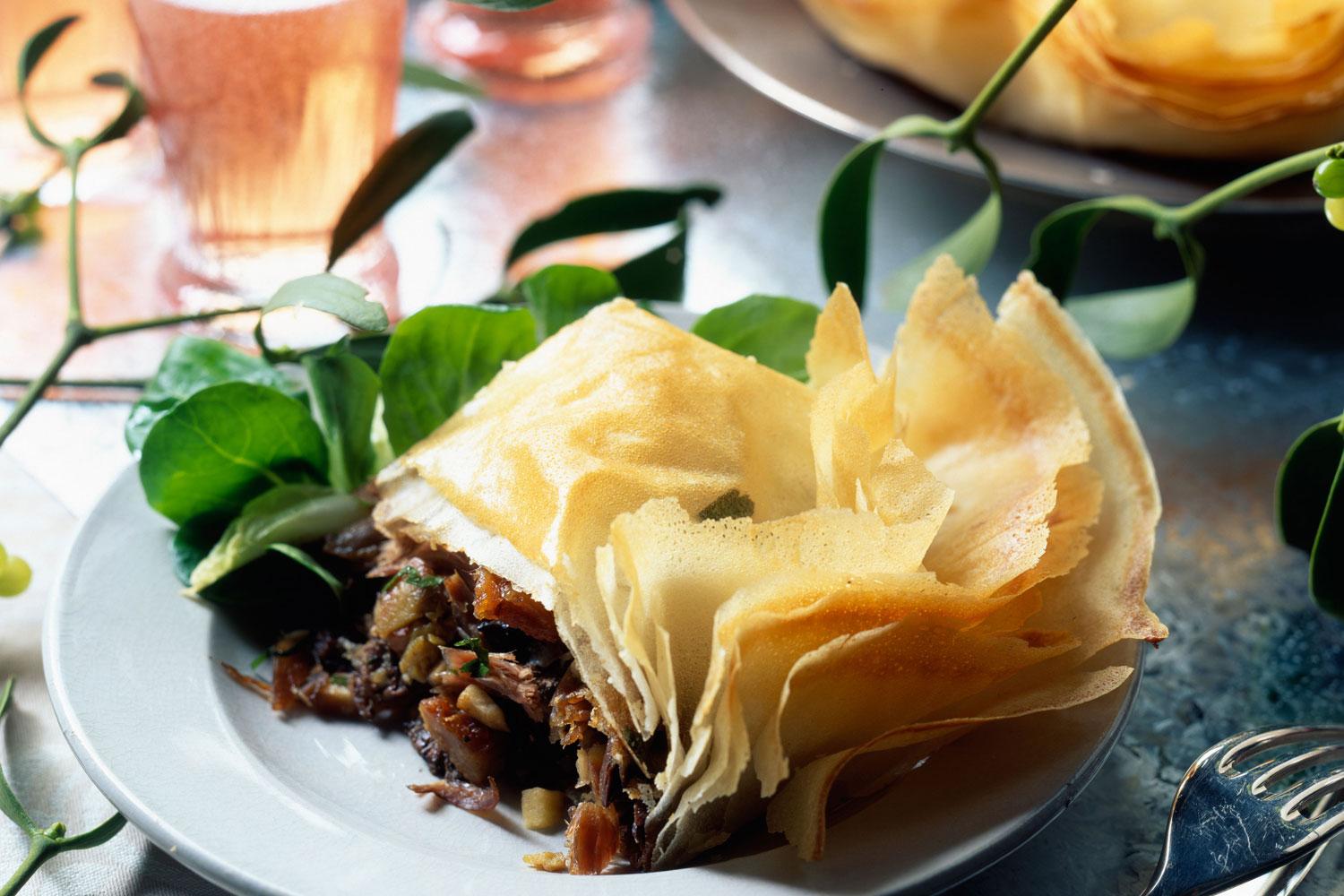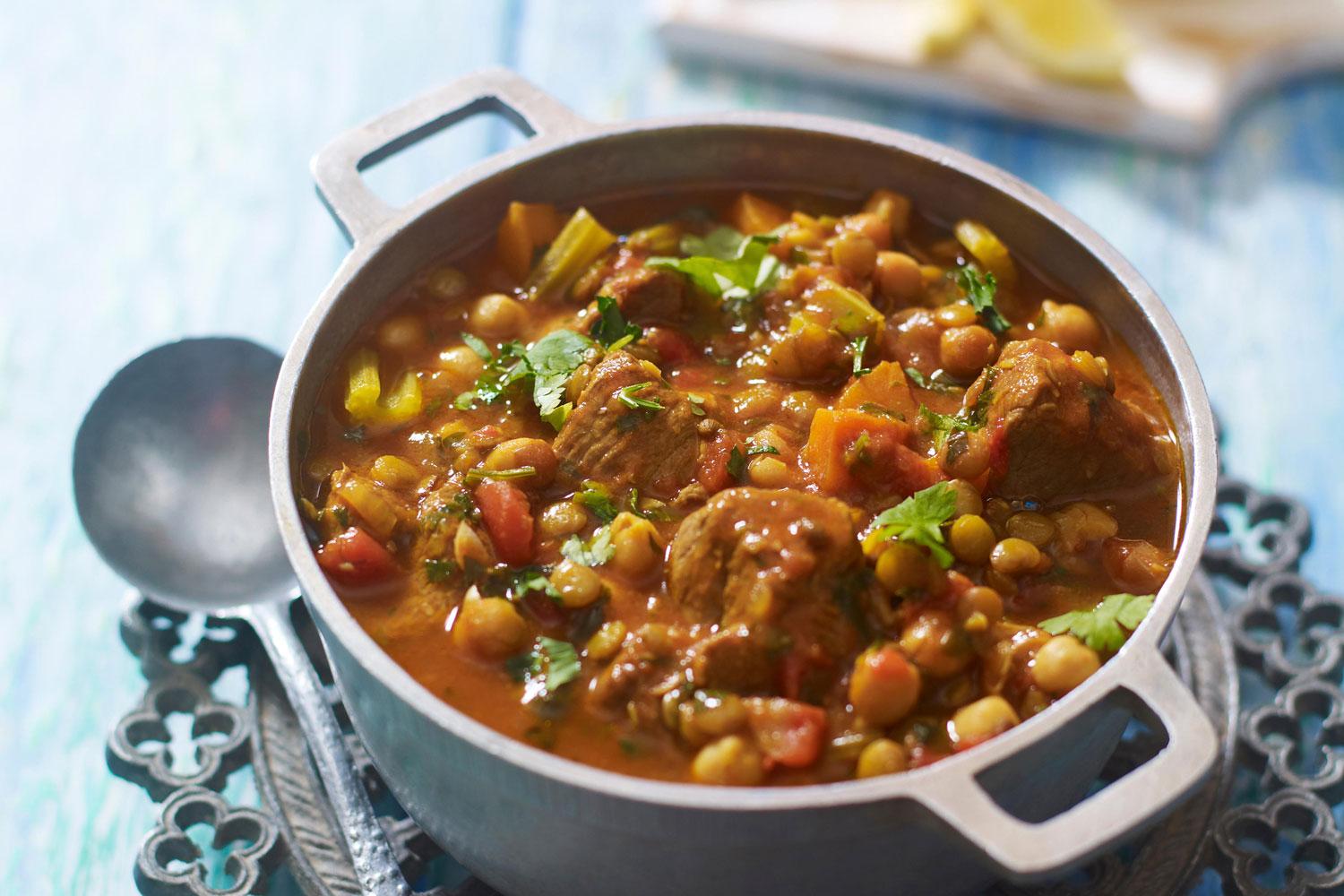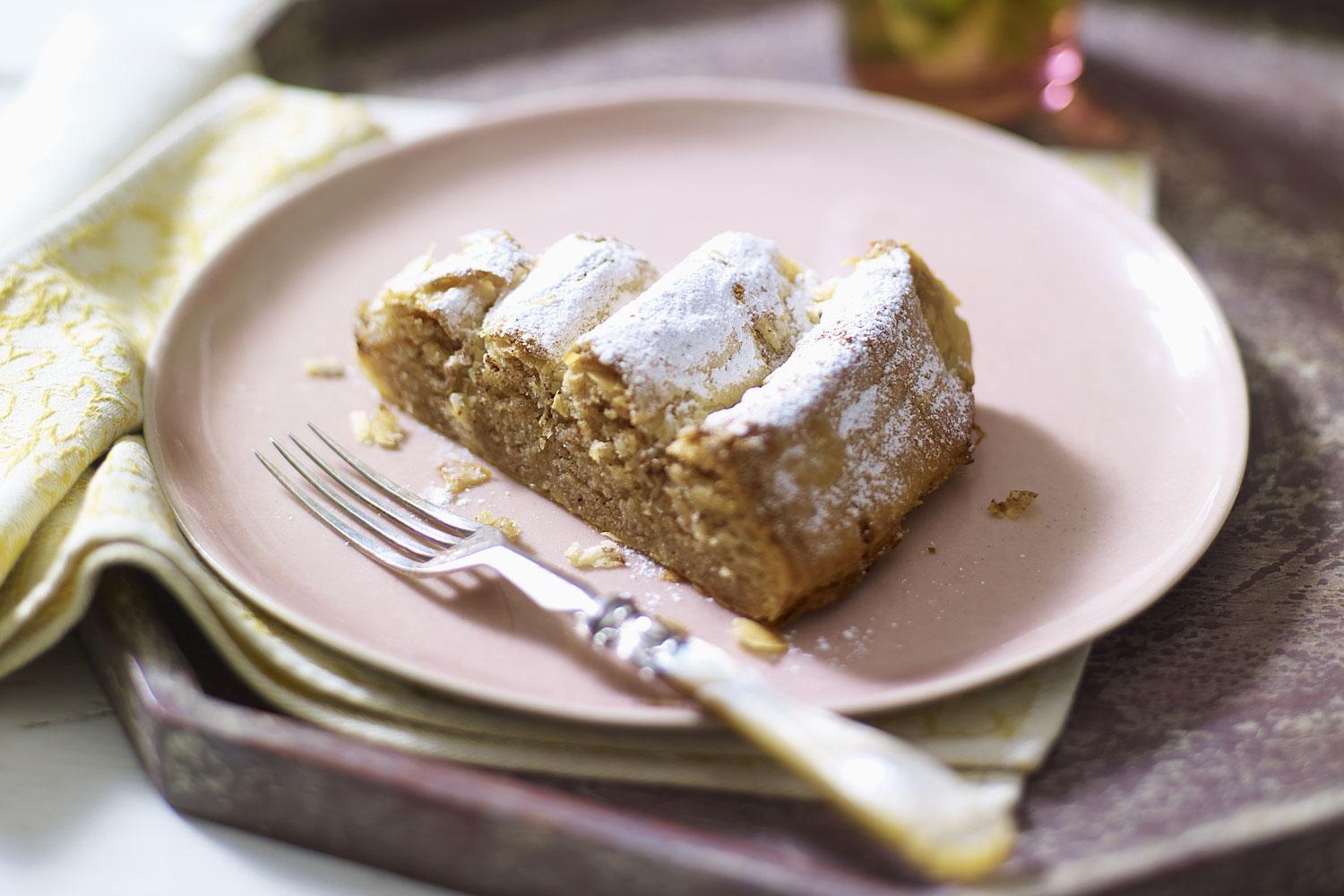Top Five Foods to Try in Morocco

One of the best-loved cuisines on the planet, Moroccan cooking is revered for creative flavour combinations, aromatic spices and exotic ingredients.
From the heady aromas of cinnamon, allspice and ginger emanating from a freshly baked pigeon b’stilla, to sardines dusted with cumin and coriander, and the richness of smoky, zesty chicken tagine, every mealtime in Morocco is an opportunity to delve a little deeper into the country’s rich cultural heritage, savouring culinary influences from Andalusian Spain, Arabia and France.
Of course, you will not be able to go on a foodie journey in Morocco without encountering the deliciously sweet mint tea – it’s practically the national drink.
Morocco’s position on two coasts – the Atlantic and the Mediterranean – means there is an abundance of fresh fish. Sardines, anchovies, mackerel and prawns are just some of the offerings you’ll find at the fish markets, where locals eat the catch of the day fried at the market as the boats come in.
Essaouira with its bobbing blue fishing boats may be the most famous of coastal towns, but anywhere along the sea front will have amazing fish.
Marrakech, is a well-known foodie destination with gourmet cuisine sitting alongside the famous Jemaa el-Fnaa market stalls, but it is worth looking out for the men sitting outside cooking tangia, a meat and potato dish baked in a clay pot. It is brought from home and cooked while the men are in the hammam.
Although there might be regional variations to meals, here are five dishes that you will find in any part of the country.
1. B’stilla

One of the highlights of Fassi cuisine (originating from Fez), this flaky pastry pie is stuffed with steaming tender pigeon meat, almonds and eggs and spiced with aromatic saffron, cinnamon and fresh coriander. Traditionally served at weddings and celebrations, it’s recently become a street food staple. The ultimate Moroccan sweet-savoury combination.
2. Zaalouk

Moroccan meals are very much communal affairs that open with a dazzling array of salads, dips and breads; look out for zaalouk, an irresistibly smoky aubergine puree seasoned with garlic, paprika, cumin and a little chilli powder. Equally distinctive is b’sara, a broad-bean purée with cumin, olive oil and a pinch of paprika. Both are perfect slathered on fresh-from-the-oven khubz (flatbread).
3. Harira

During the holy month of Ramadan, every day the fast is broken at sunset with a hearty bowl of harira soup, prepared with lamb broth, tomatoes, red lentils, chickpeas and other pulses, topped with a squeeze of zesty lemon juice and a handful of chopped coriander. It’s generally served alongside sweet dates and chebakia, a sticky, sesame and honey baked pretzel.
4. Tagine

Arguably the national dish of Morocco, and certainly its most ubiquitous culinary export, these slow-cooked stews are named after the distinctive claypot with a conical earthenware lid that they’re prepared in. Tagines vary from region to region, and season to season, but are always served with bread to mop up those smoky, hearty juices. Chicken slow-cooked with green olives and preserved lemons is perhaps the classic base, but lamb with plums and allspice is another local favourite.
5. Moroccan sweets

Moroccans have a serious sweet tooth and the souks are scented with freshly-baked pastries and treats to accompany a delicate glass of hot sweet mint tea. Fekkass are Morocco’s answer to Italian biscotti, but also look out for cardamom-infused briouats, deep-fried sweet puff pastry triangles stuffed with almond paste, and ornes de gazelles (gazelle horns), crescent-shaped pastries with almond paste scented with orange flower water and cinnamon.
Source : Independent





